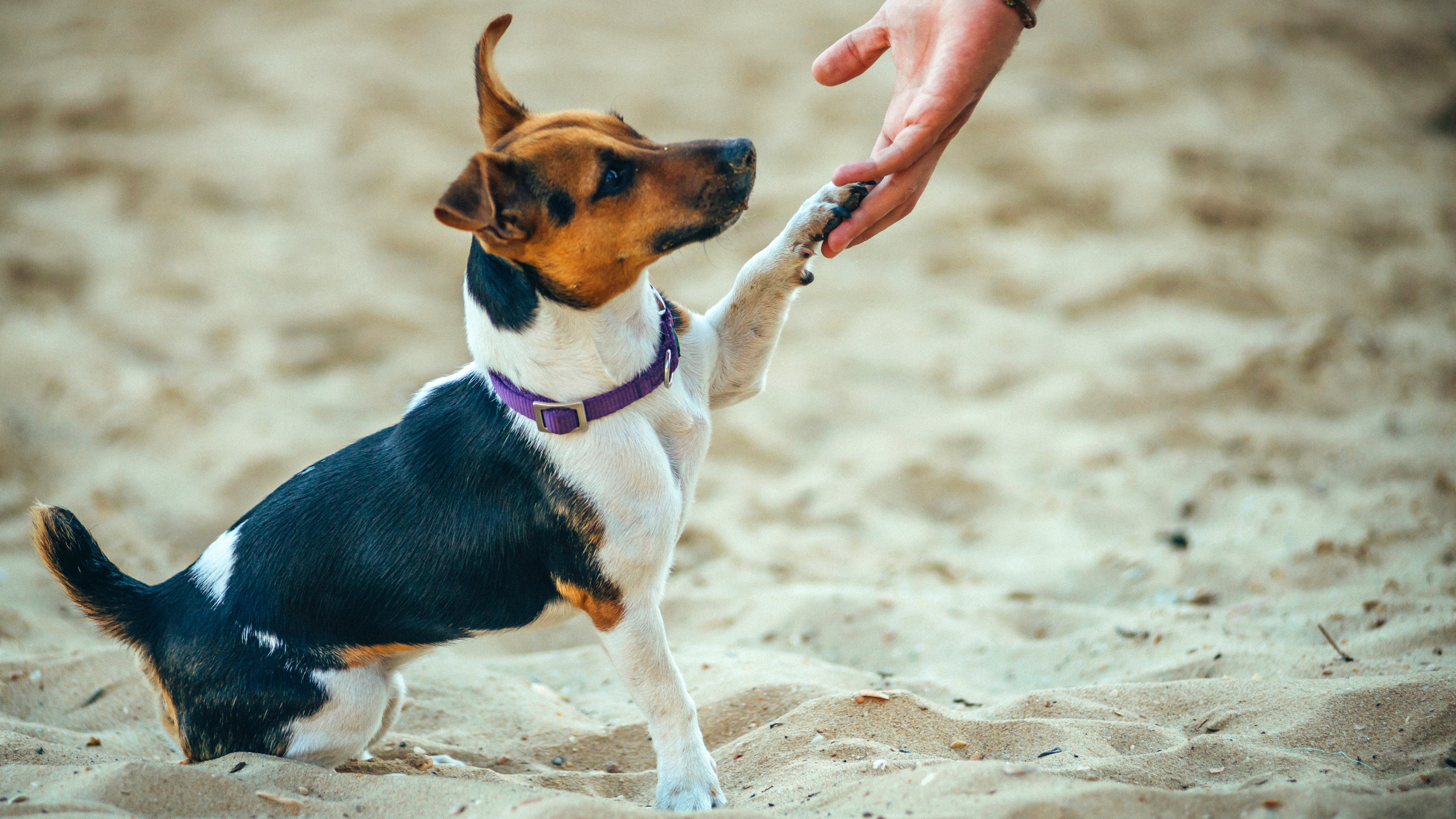
If your dog isn’t doing what you want them to, your instinct might be to correct them – and that’s totally understandable! After all, you want to teach them to do something they aren’t currently doing.
However, you don’t always need to. Instead, it can be more beneficial to work out whether you made a mistake or misjudged something – you don’t need to put that packet of the best dog treats away.
And in a recent Instagram video, Karishma Warr, the head of training and behavior at Calm Canine Academy, has shared the reasons why – it’s given us some real food for thought!
“When my dog does something I didn’t expect, I don’t need to punish him for it,” says Warr. “I need to figure out what mistake I made, or misunderstanding I had, that led to me misjudging the situation.”
In the video, Warr asks her dog, Heera, to wait while they toss a cookie – something he’s done plenty of times before. However, this time, he doesn’t. As Warr explains, he was recovering from an off-leash dog running up to him, and he’d recently been groomed. “Those two stressors together blocked him from being able to behave in the way he ‘usually’ does when asked to wait,” they explain.
“He totally didn’t register my cue and just went for the cookie,” they continue. “I used to think this was him disobeying a command he knew, but now I just know I had asked him to do something he couldn’t. He didn’t ignore me. He couldn’t do what I asked.”
What Warr did next was simply ignore the mistake and continue with the game. They made the game easier, so he could be successful. “I got curious about why he wasn’t able to wait,” they explain. “Once I realized it was likely due to the trigger stacking, I kept the rest of the walk super easy. I focused on letting him perform regulating behaviors like sniffing and exploring.”
Once Heera’s nervous system had regulated itself, and he became more comfortable again, his ability to ‘wait’ on command returned – and Warr didn’t need to correct him at all. Simply being patient, and altering their own behavior, was enough to make Heera feel comfortable and mean that he would go back to presenting more desirable behavior himself.
If your dog is a puppy, and you’re wondering how best to address undesirable behavior without punishing them or correcting them too harshly, you might find this article useful: How to discipline a puppy to create a trusting bond.







